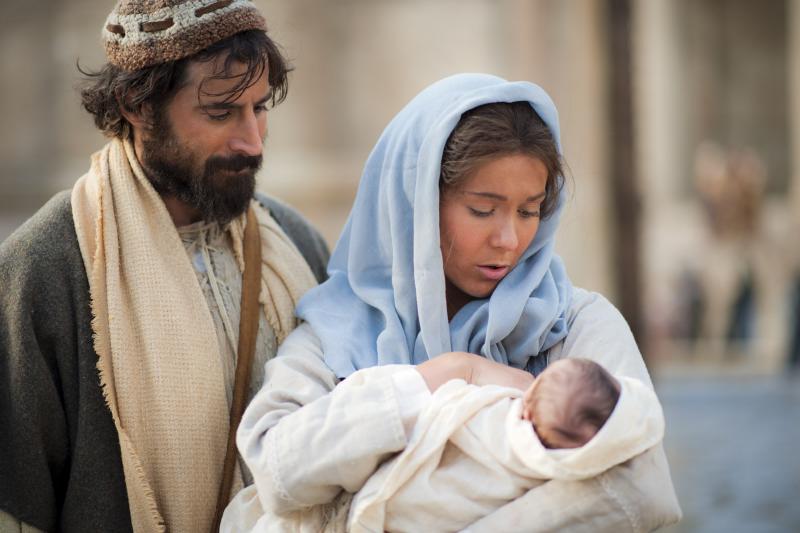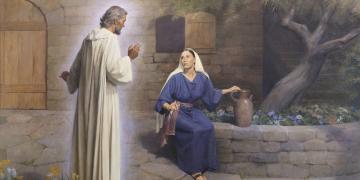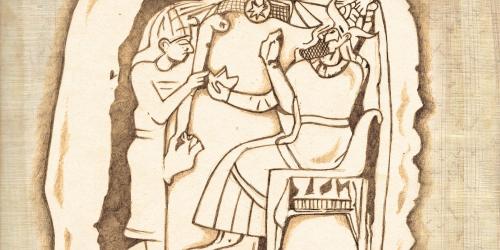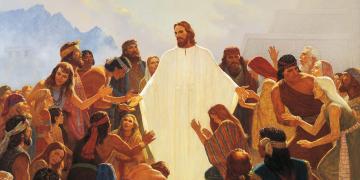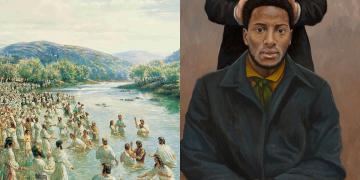You are here
Book of Mormon Central is in the process of migrating to our new Scripture Central website.
We ask for your patience during this transition. Over the coming weeks, all pages of bookofmormoncentral.org will be redirected to their corresponding page on scripturecentral.org, resulting in minimal disruption.
How the Gospels and the Book of Mormon Help Us Understand Prophecies of Christ’s Coming
According to Matthew, when the angel Gabriel appeared to Joseph, he said that Mary’s conception, and the birth of Jesus “was done, that it might be fulfilled which was spoken of the Lord by the prophet,” and quoted Isaiah:
“Behold, a virgin shall conceive, and bear a son, and shall call his name Immanuel” (Isaiah 7:14; cf. Matthew 1:22–23).
Gabriel’s point was to show that Jesus was the long-anticipated Messiah, expected for centuries before he finally arrived. Recent research on early Israelite religion and belief has led some scholars to conclude that, indeed, some ancient Israelites believed in a Messiah-figure, who was the son of the Most High God and was prophesied to redeem Israel. But they didn’t seem to know exactly who this Messiah would be and when he would come onto the scene—or, at least, their prophecies did not include such details.
Sometimes, they may not have even recognized the Messianic meaning in the signs and prophecies given to them. For example, Isaiah’s prophecy, cited in Matthew 1:22–23, originally given as a sign to the Israelite king Ahaz, appears to be about a child to be born later that same year as a sign that God will deliver Judah from its enemies in the 8th century BC (see Isaiah 7:10–16).1 But gospel writers like Matthew, with the hindsight of history and knowledge of the Savior’s mortal life and ministry, saw prophecies like this one as a type and shadow of the Messianic child to come.
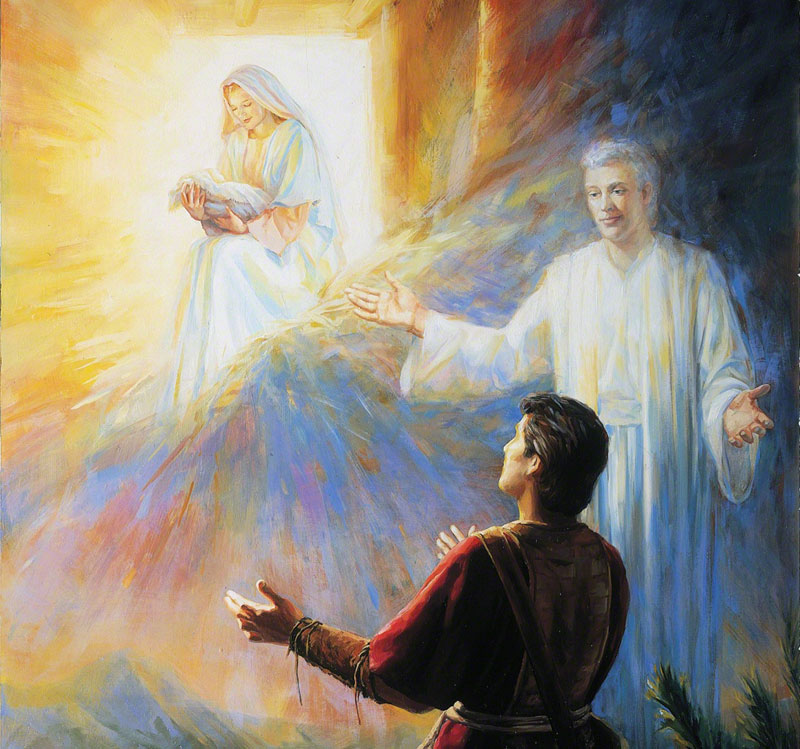
In contrast, Book of Mormon writers show a detailed awareness of Jesus Christ’s life and ministry from the very beginning, six hundred years before his coming (see 1 Nephi 10:4–10). Nearly a century before the angel Gabriel would deliver his message to Mary (see Luke 1:27–35), Alma revealed that the Messiah’s mother would be named Mary, and she’d be “a precious and chosen vessel, who shall be overshadowed and conceive by the power of the Holy Ghost” (Alma 7:10).
The most detailed prophecy of Christ’s birth in the Book of Mormon, however, came from Nephi, near the very beginning of the book:
And I beheld the city of Nazareth; and in the city of Nazareth I beheld a virgin, and she was exceedingly fair and white.
And it came to pass that I saw the heavens open; and an angel came down and stood before me; and he said unto me: “Nephi, what beholdest thou?”
And I said unto him: “A virgin, most beautiful and fair above all other virgins.”
…
And he said unto me: “Behold, the virgin whom thou seest is the mother of the Son of God, after the manner of the flesh.”
And it came to pass that I beheld that she was carried away in the Spirit; and after she had been carried away in the Spirit for the space of a time the angel spake unto me, saying: “Look!”
And I looked and beheld the virgin again, bearing a child in her arms.
And the angel said unto me: “Behold the Lamb of God, yea, even the Son of the Eternal Father!” (1 Nephi 11:13–21).
Nephi’s guided vision, culminating with a virgin bearing a son identified as the Lamb of God, unmistakably refers to Jesus Christ.
Nephi would later quote extensively from Isaiah, including the same prophecy Matthew cites, of “a virgin [who] shall conceive, and bear a son” (2 Nephi 17:14). Like the gospel writers, Nephi may have read Isaiah’s words and seen an unmistakable resemblance to his own vision about a forthcoming Messiah.
Today, as we reflect on the annunciation of Christ’s birth to Joseph and Mary, we have not only the benefit of hindsight, but also the clear Book of Mormon prophecies, as well as modern revelation, allowing us to clearly see that “all the holy prophets” testified of Christ’s coming (Jacob 4:4; cf. Acts 3:18, 24).
Dig Deeper into your Study
Here are additional resources to supplement your study of the Come Follow Me New Testament curriculum.
- 1. See Kent P. Jackson, “Foretelling the Coming of Jesus,” in From Bethlehem through the Sermon on the Mount, The Life and Teachings of Jesus Christ, vol. 1, ed. Richard Neitzel Holzapfel and Thomas A. Wayment (Salt Lake City, UT: Deseret Book, 2005), 13. Jackson helpfully explains that, “New Testament speakers and writers used Old Testament language and quoted Old Testament passages frequently—and for a variety of purposes. That does not necessarily mean that the original context foretold a New Testament event. There is a difference between applying a passage and identifying the fulfillment anticipated by the original author. But, in some instances, the New Testament writers or speakers stated that the Old Testament words were fulfilled in New Testament events, even when a connection may not seem apparent, or even possible to modern readers. … In using the Old Testament in that way, the writers and speakers were illustrating their belief that the message of Christ is so central to the Old Testament that its words—from any context—can be used to prefigure Jesus and events in His life and mission” (pp. 12–13).
Subscribe
Get the latest updates on Book of Mormon topics and research for free


